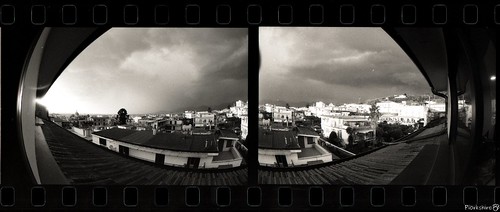
Image : http://www.flickr.com
Is still-life photography one of the least exciting areas of photography? This is up to each individual and each individual's own personal interest, but still-life photography demands a great deal of care and imagination. The rewards for a good still-life photographer can be enormous.
A large percentage of the advertisement market uses still life photography images. A large portion of still-life images fall under the fine art photography class and could make a great extra source of income for an established photographer.
There are many ways to approach still-life photography - the best and most used by professional photographers is to spend days in a studio, arranging and rearranging the set up until they get it perfect. This is what it takes to create perfect still-life portraits. With practice and a great deal of patience you will find your own unique way.
Most objects can form part of a still-life portrait. Objects from around the house or in the garden will make excellent still-life subjects.
Still-life photography is a simple discipline of photography for beginners. The equipment you need is very basic and you can start off photographing a bowl of fruit or a flower. Most professional still-life photographers use a medium or large format camera, but you can get great still-life pictures using your 35mm camera.
A small studio can be assembled in a corner of a garage or bedroom, or on a fine calm day can be constructed outdoors. Some of the best still-life arrangements are quite simple to set up. The main rule to follow is to keep it simple. Placing too many objects in front of the camera will cluster the setting.
If you are interested in still-life photography try the following.
Set up your studio beside a window. First pick a simple background - a plain drape or lace makes a perfect background. Using a vase or bowl as the main subject can make for an attractive still-life image. Take some shots using the natural light from the window.
Take more pictures using low light - this can be morning or evening - place a reflector at the other side of the vase to soften the image and get rid of any harsh shadows.
Now compare the two sets of images. The difference between both images will be immense but tests like this will lead to creating a better eye and mastering the true art of still-life photography. The effort seems extreme but still-life photography requires a great deal of patience and practice. Trial and error will play an important part in developing a new skill.
Tidak ada komentar:
Posting Komentar